Landscaping Ideas for Backyard - Privacy (cont.)
midwestguy33
12 years ago
Related Stories
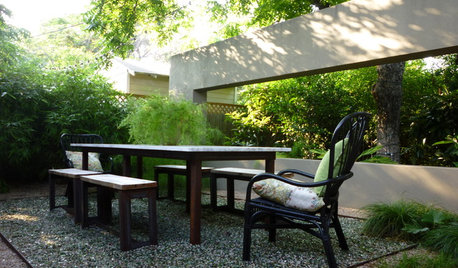
LANDSCAPE DESIGNIn Austin, a Backyard Wall Provides More Than Privacy
Designers solve a common privacy problem — and create some unexpected play — with a clever screening solution
Full Story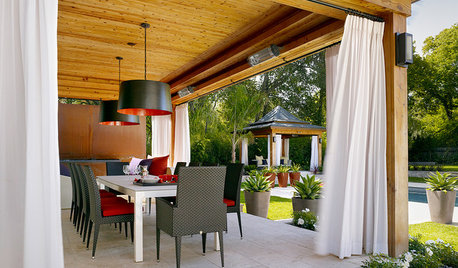
PATIOSGet Backyard Privacy the Subtler, Stylish Way
Why settle for a hulking brick wall when plants, screens and other refined backyard dividers do the job with panache?
Full Story
GARDENING AND LANDSCAPINGGrow a Lush Privacy Screen
No need to wait forever for patio privacy the green way. These 10 ideas will get your screening up and running in no time
Full Story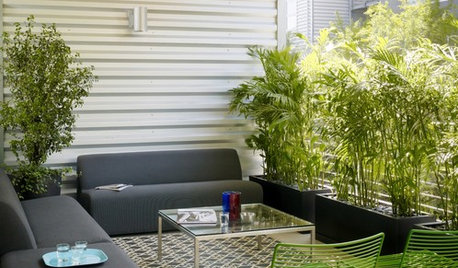
GARDENING AND LANDSCAPINGPrivacy Screening Made Pretty
Craving a secluded escape in your own backyard? Check out these stylish solutions for privacy walls and screens
Full Story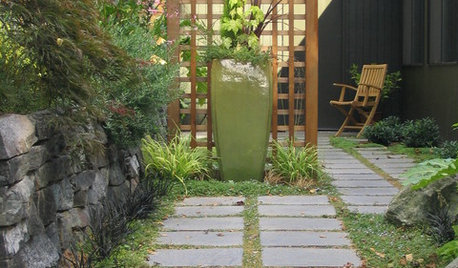
GARDENING AND LANDSCAPINGLandscapes Make a Privacy Statement
Between a fortress and a wide open space lies the sweet spot for just the right amount of privacy in your exterior spaces
Full Story
GARDENING GUIDESGrow Your Own Privacy: How to Screen With Plants and Trees
Use living walls to lower your home and garden's exposure while boosting natural beauty in your landscape
Full Story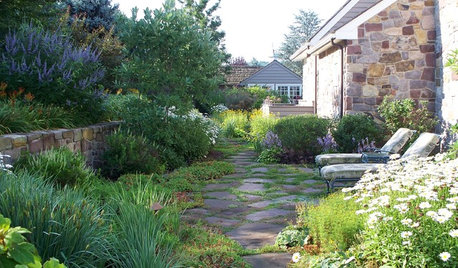
PATIO OF THE WEEKKeep a Secret Garden on the Side
Privacy and plantings are the focus of this Philadelphia side yard, offering a respite from a busy backyard
Full Story
LANDSCAPE DESIGNThe 7 Best Plant Types for Creating Privacy and How to Use Them
Follow these tips for using different kinds of plants as living privacy screens
Full Story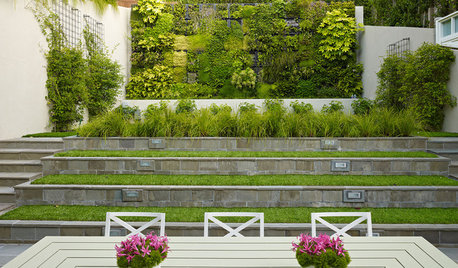
LANDSCAPE DESIGN11 Design Solutions for Sloping Backyards
Hit the garden slopes running with these bright ideas for terraces, zones, paths and more
Full Story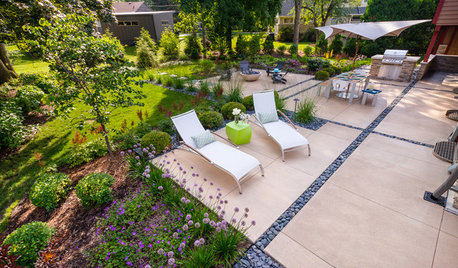
LANDSCAPE DESIGNInside Houzz: Soft Geometry in a Modern Wisconsin Garden
In a city known for harsh winters, homeowners enjoy outdoor living inspired by Southern California
Full Story







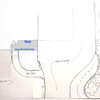

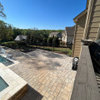
Yardvaark
midwestguy33Original Author
Related Professionals
Carlisle Landscape Architects & Landscape Designers · Baltimore Landscape Architects & Landscape Designers · Manhattan Beach Landscape Architects & Landscape Designers · Brooklyn Park Landscape Contractors · Caldwell Landscape Contractors · Kerman Landscape Contractors · Pleasant Prairie Landscape Contractors · Freehold Decks, Patios & Outdoor Enclosures · North Aurora Decks, Patios & Outdoor Enclosures · South Miami Heights Decks, Patios & Outdoor Enclosures · Sun Lakes Decks, Patios & Outdoor Enclosures · West Bloomfield Township Decks, Patios & Outdoor Enclosures · West Hills Decks, Patios & Outdoor Enclosures · Los Alamitos Swimming Pool Builders · Sacramento Swimming Pool Builderscyn427 (z. 7, N. VA)
Yardvaark
midwestguy33Original Author
Yardvaark
midwestguy33Original Author
midwestguy33Original Author
Yardvaark
midwestguy33Original Author
Yardvaark
midwestguy33Original Author
midwestguy33Original Author
Yardvaark
emmarene9
midwestguy33Original Author
midwestguy33Original Author
midwestguy33Original Author
Yardvaark
midwestguy33Original Author
sc77 (6b MA)
Yardvaark
Yardvaark
Yardvaark
sc77 (6b MA)
midwestguy33Original Author
midwestguy33Original Author
sc77 (6b MA)
Yardvaark
midwestguy33Original Author
midwestguy33Original Author
Yardvaark
Yardvaark
midwestguy33Original Author
Yardvaark
midwestguy33Original Author
Yardvaark
midwestguy33Original Author
Yardvaark
midwestguy33Original Author
Yardvaark
midwestguy33Original Author
Yardvaark
whaas_5a
Brad Edwards
Brad Edwards
Yardvaark
midwestguy33Original Author
Yardvaark
Brad Edwards